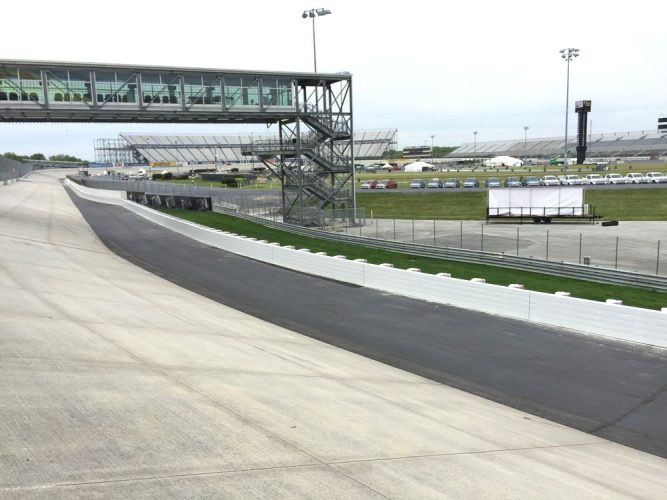The roaring engines and thrill of speed make NASCAR an outstanding spectacle. However, beneath this adrenaline sport lies safety, a crucial yet often overlooked element. NASCAR doesn’t only focus on pushing speed limits and car performance. It also looks into advancing safety practices to protect its drivers.
New safety technologies have transformed NASCAR significantly in recent decades. This has significantly reduced racing risks, making the sport safer for drivers and thrilling for fans. Below are a few ways advanced technologies have improved NASCAR.
Improved NASCAR Safety
Nascar was a high-risk motorsport that had many casualties. However, advancing technologies, especially focusing on the safety arena, is a testament of its commitment to protecting drivers without compromising the thrill of the sport. Modern NASCAR’s safety reflects ongoing dedication toward innovation and the well-being of the participants.
Safety measures of the early NASCAR years were very rudimentary. Drivers wore basic seat belts and helmets. Cars also didn’t have protective features, and races were held on makeshift tracks. As such, crashes that occurred often resulted in severe injuries and fatalities. However, the turning point of its safety came in the early 2000s, after the death of Dale Earnhardt.
The fatal accident resulted in extensive re-evaluation of existing safety measures. It also spurred the development of comprehensive safety protocols and technologies. The most notable outcome was the installation of steel and foam energy reduction barriers at key points around racing tracks. These barriers effectively absorb and dissipate crash forces, reducing the impact on drivers.
There was also mandatory implementation of Head and Neck Support Device, which restrains driver’s head and neck in case of a crash. HANs devices effectively prevent life-threatening injuries. Modern advances in NASCAR safety are driven by new technologies and data analysis. For instance, telemetry and data acquisition systems are now integral to NASCAR safety. These technologies allow for real-time monitoring and analysis of car crashes. Insights from this can be used in refining car designs and safety features.
The Human Element: Personal Injury and Legal Support
Though thrilling, NASCAR is a dangerous sport. The high speed exerts intense physical demands on the drivers, making the environment full of accident and injury risks. Unfortunately, advancing safety technologies don’t mean drivers, spectators, and pit crew members are free from injuries following a crash or accident. In such situations, legal support for personal injuries is crucial following an accident. Racing accidents result in various injuries, including life-threatening conditions. Common NASCAR injuries include:
- Head and neck injuries: Despite the presence of HANS devices, high-impact collisions can cause head and neck injuries.
- Limb injuries: Dislocation and broken bones are common in drivers and pit crew members.
- Spinal injuries: high-impact crashes can cause spinal injuries.
These injuries result in immediate and long-term implications on the health and career of the victims. Those affected should engage personal injury lawyers in Huntsville, Alabama, to help them navigate the complex legal landscape surrounding motorsport injuries.
Endnote
Modern technologies have made NASCAR a safer and more thrilling sport. SAFER barriers and data-driven enhancements have shown great commitment toward making racing safer. However, even with these innovations, the role of personal injury attorney remains critical. They provide critical legal support to accident victims.


